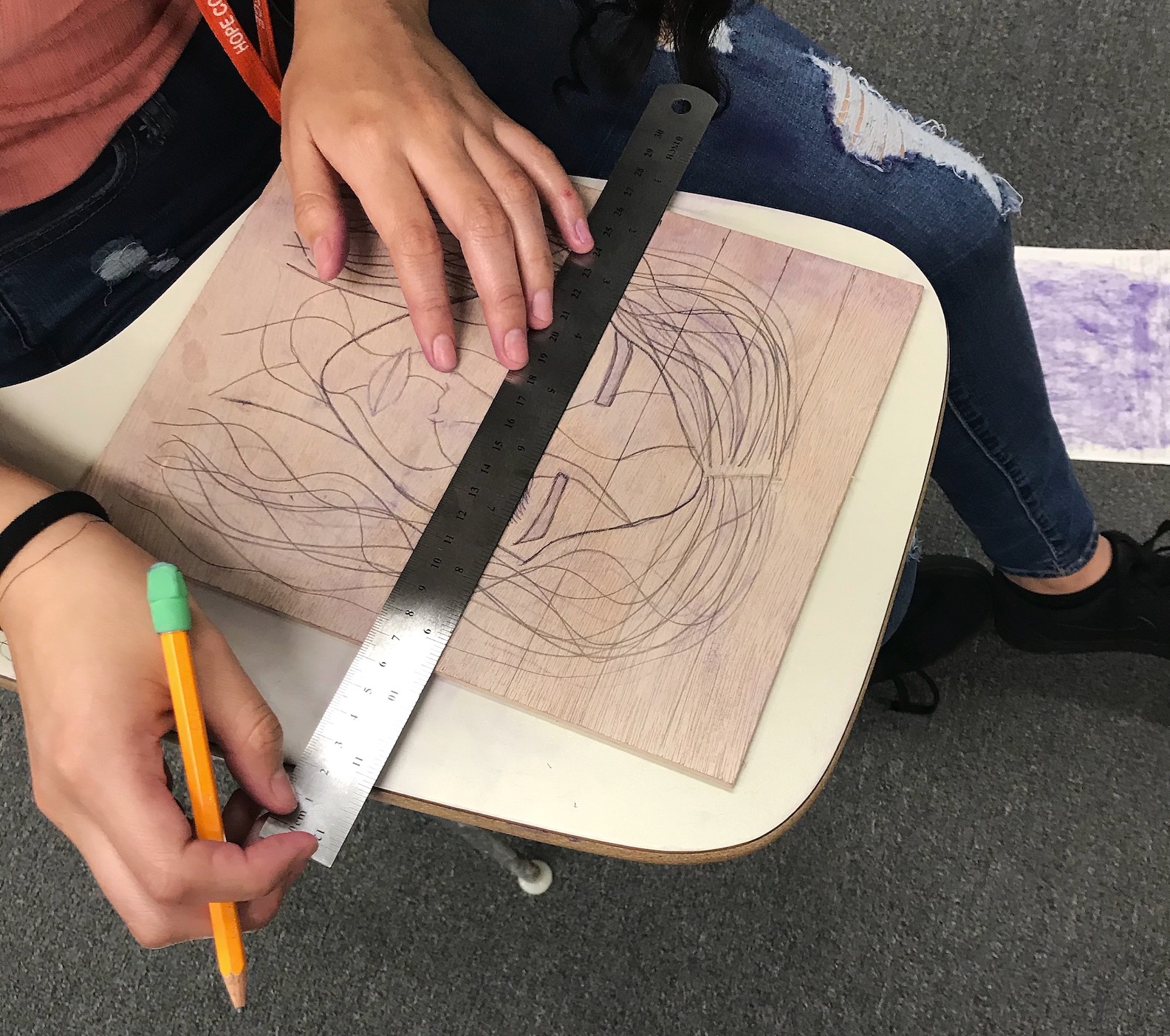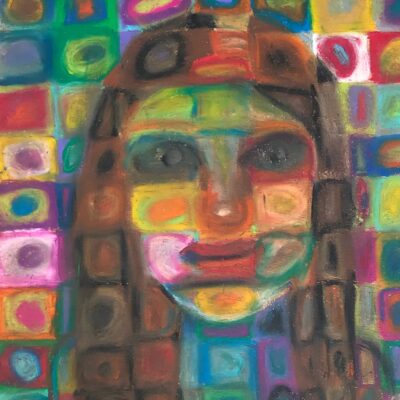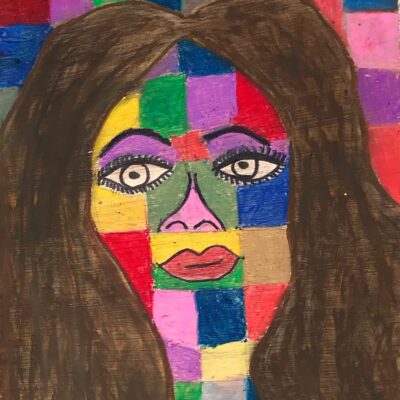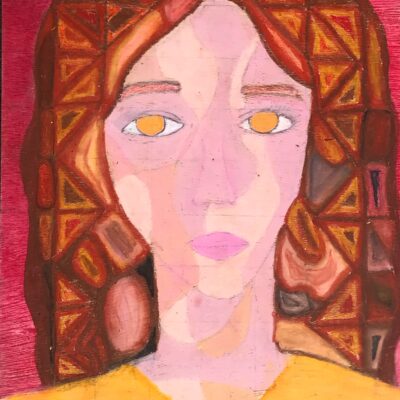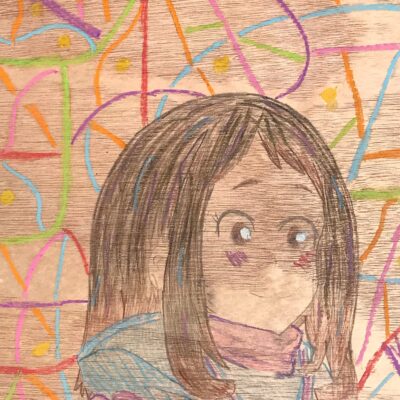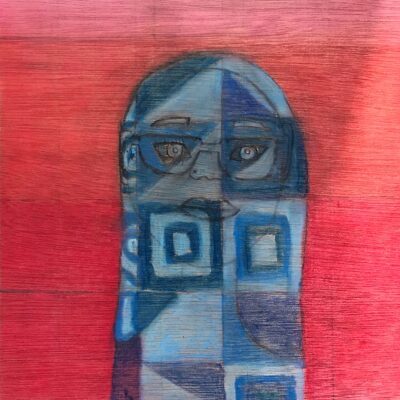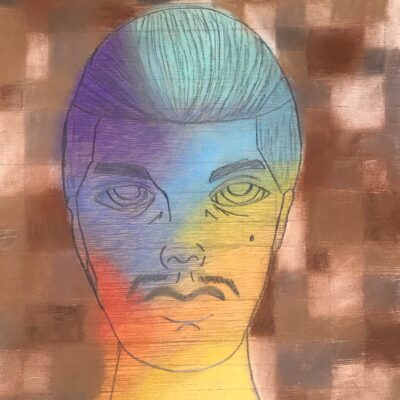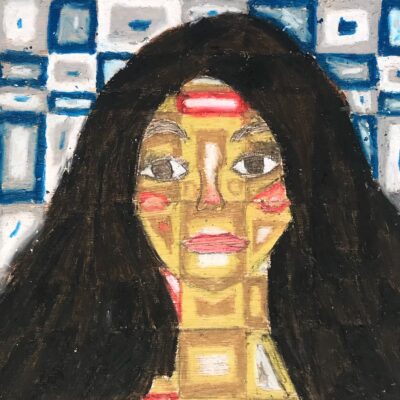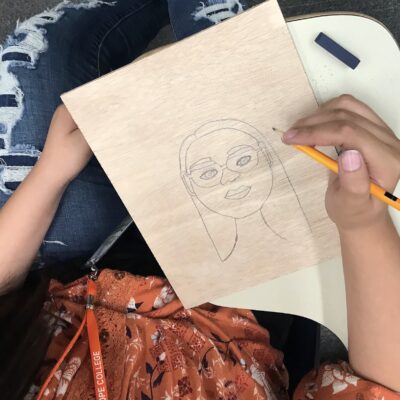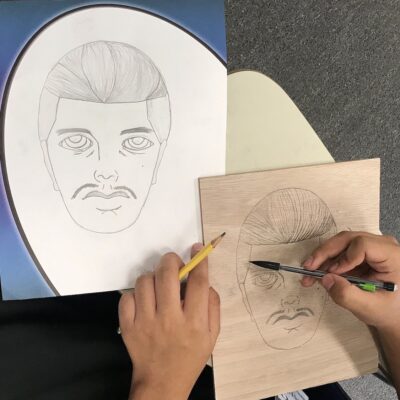CultureWorks partnered with Hope College Trio Upward Bound for a second summer in a row, using art to think about themes of triumph and rising.
This is our second summer providing the visual arts elective on behalf for Upward Bound, a program for upcoming first-generation college students that aims to increase the rate at which participants complete secondary education and enroll in and graduate from institutions of postsecondary education. They do this through academic support, classes, college prep, and so much more, including their summer programs (like this one!).
After a difficult year for everyone around the globe, the theme was appropriately selected: “We Will Rise”. While considering this theme, we created a class titled “Art in Adversity,” with the hope that students might consider how their own stories and paths are unique to the world in a way that allows them to speak into specific situations in their own areas of influence to rise up wake of adversity, namely using the creative act.
On the first day of class, students were asked what words came to mind when they think about “Rising” (our Trio Upward Bound theme this year). They shared the following:
- Triumph
- Determination
- Hard work
- Kindness
- Connection
- Strength
- Propel/Moving Forward.
We thought about these words as we approached three projects, each of which dealt with how art can help us (individually or communally) rise:
- In the first project, students were inspired by the artists Rupi Kaur, Brian Andreas, and Morgan Harper Nichols to think about how using text in art helps us empathize and connect with others. They used the words from Inaugural Poet Amanda Gorman’s poem, “The Hill We Climb,” and Maya Angelou’s “Still I Rise” to make blackout poems before adding designs/imagery to create a single, illustrated poem of their own.
- Their next project was inspired by Judith Ann Braun, an artist who only uses her fingerprints to create artwork. We discussed the uniqueness of our fingerprints; how no two people have the same prints. This is true of our stories; the “mark” we leave on the world is distinctly our own. Students looked at artists from three different walks of life/history who have used their specific circumstances and moments in history to comment on the world: Jacques-Louis David, Frida Kahlo, and Kehinde Wiley. From there, they made collages of their own thumbprints to convey this concept.
- Their final project was inspired by the portrait artist Chuck Close, who suffers from a few learning disabilities (including face-blindness). Additionally, late into his career Close became a quadriplegic. He has overcome many obstacles to create art, and he believes art has helped him overcome obstacles. “When something seems too big to overcome, break it town into tiny, bite-sized pieces,” he once said in an interview with CNN. Students created grid portraits in the style of Chuck close, and selected colors that represent things about each of them.
In addition to growing creatively, we incorporated learning that also helps prepare students for art programs at the collegiate or professional level. Because Upward Bound aims to prepare students for college, the Art In Adversity students learned the important skills that go into building an portfolio. In addition to creating their three meaningful pieces of art and learning about a variety of artists, every student was required to: participate in active critiques for each piece, giving and receiving feedback to aid in the creative process; write one artist statement per piece, explaining what the pieces are, and what they wanted the viewer to experience while seeing the work; and create an Artist’s Biography to introduce themselves and their work. These are valuable skills not only for college, but also for marketing oneself in the professional art world. We also took a tour of the Hope College De Pree Art Center & Gallery to see the various studios and classes available in a college art program.
We believe that art has the power to shape the life of an individual, all the way to shaping societies or cultures. It is a way stories get told, and when we face trials in life, stories can compel us to reach for hope. When those skills for effective storytelling get shared to equip the next generation, the possibilities are endless. We are grateful for this experience, and cannot wait to see how these students undoubtedly will live up to the 2021 theme in the ways they rise.




